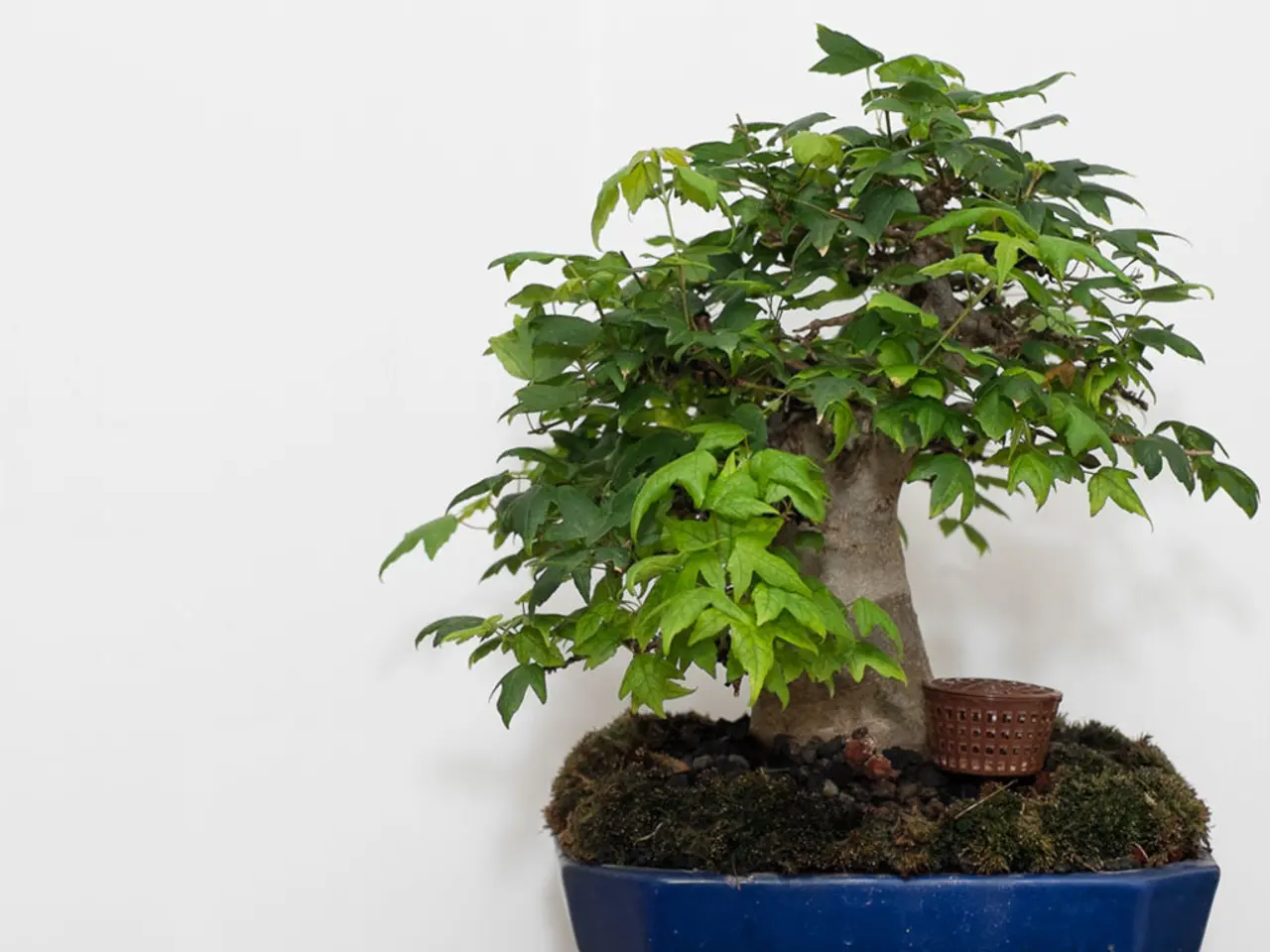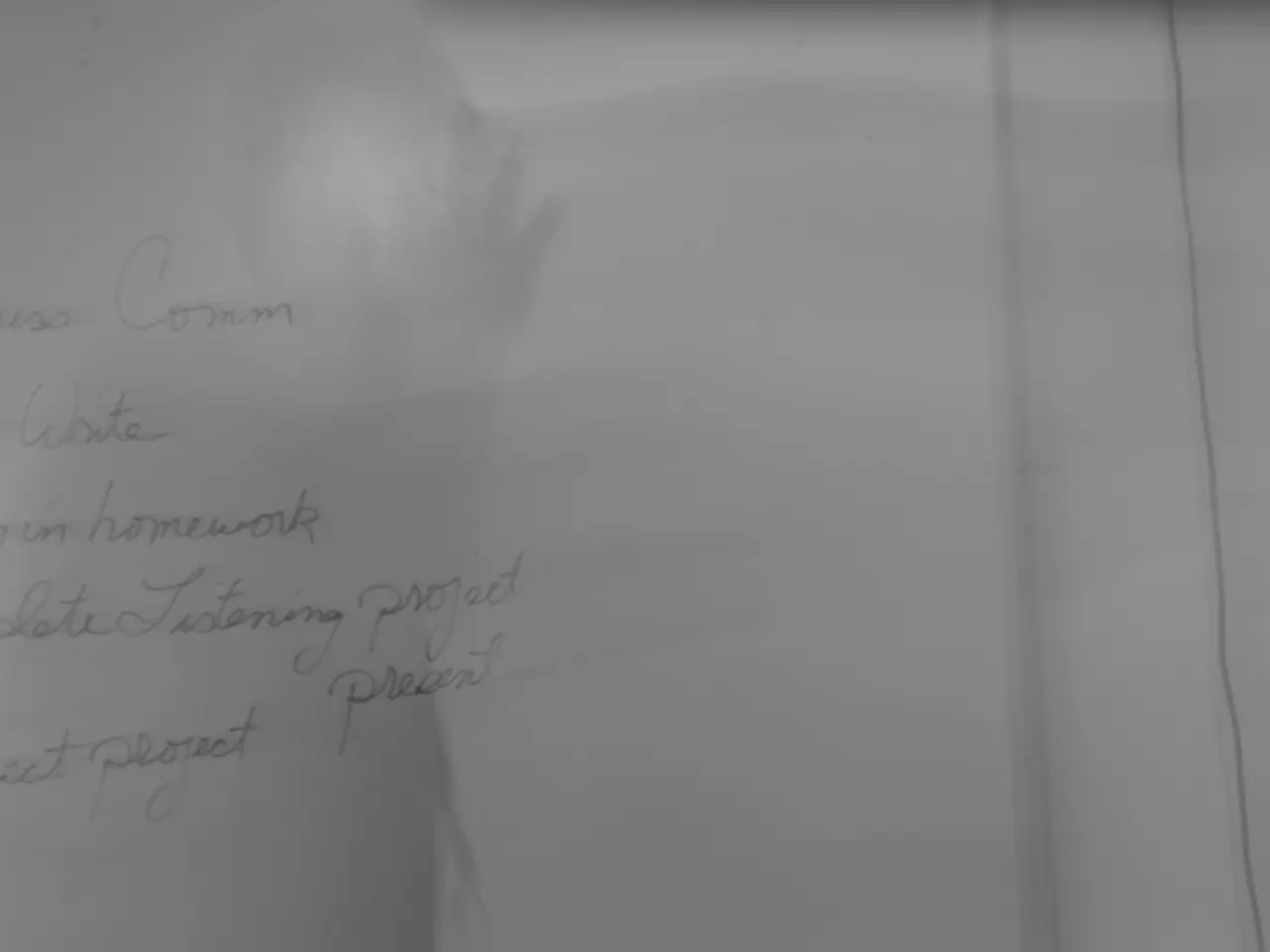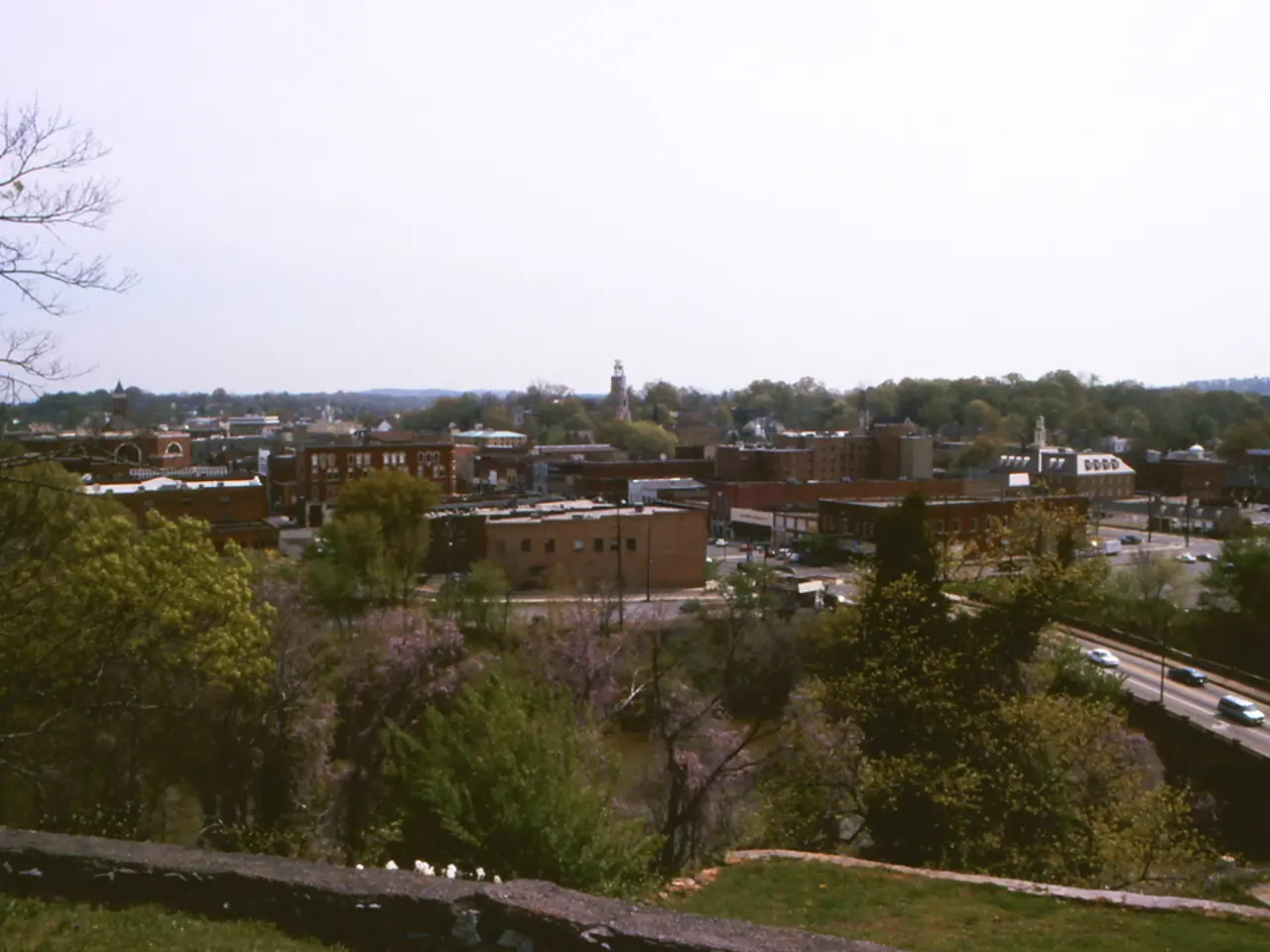Revitalizing a Soggied Bonsai: Methods for Regrowth and Root Rot Treatment
In the world of bonsai, maintaining the right balance of water and drainage is crucial for a healthy tree. Here's a comprehensive guide to help you create an ideal soil mix, watering techniques, and general care tips to keep your bonsai thriving.
To improve drainage in a bonsai potting mix, it's essential to incorporate well-draining components such as perlite, pumice, lava rock, or akadama. These materials increase aeration, support healthy root growth, and help excess water flow through the mix instead of pooling around the roots.
- Perlite dramatically improves drainage and airflow, preventing waterlogging and root rot.
- Pumice supports drainage and healthy roots by creating air pockets in the soil.
- Lava rock improves aeration and soil structure, facilitating better drainage.
- Akadama retains moisture and nutrients without becoming compacted, improving balance between moisture retention and drainage.
- Adding organic components like sphagnum peat moss or rice husks can also enhance drainage while evenly distributing moisture and reducing overwatering stress.
Regularly check for soil compaction and, if necessary, repot your bonsai into a fresh, well-draining bonsai soil mix to avoid root rot caused by poor drainage.
Adopt adaptable watering techniques to cater to the unique needs of your bonsai. Establish a proactive watering schedule by monitoring soil moisture levels daily. Using regular potting soil with added perlite may not provide ideal drainage for a bonsai. Opt for a well-draining, specifically designed bonsai soil mix instead.
Accurately assess soil moisture levels to prevent future overwatering episodes. Gently insert your finger into the soil to check moisture levels. Observe the bonsai's foliage and overall health for signs of overwatering, such as yellowing leaves or soft, mushy stems, and adjust the watering schedule accordingly.
Maintain consistent temperatures (65-75°F) for root development and overall tree health. Encourage strong root growth through regular, controlled watering. Balance fertilization to provide essential nutrients for new growth and root system recovery.
To revive an overwatered bonsai, address the underlying issues promptly, focusing on improving drainage, pruning affected roots, and adjusting watering techniques to prevent further damage. Pruning roots in an overwatered bonsai can stimulate new growth, as it encourages the tree to focus energy on developing healthy roots.
Remove infected leaves to prevent the spread of disease. Stimulate new growth by providing ideal conditions for healthy foliage and root development. Ensure bright, indirect light for enhanced photosynthesis.
Relocate the bonsai to a well-ventilated area for improved airflow. Use a well-draining potting mix to prevent waterlogged soil. Start with a low concentration of fungicide to avoid overwhelming the stressed roots. Monitor and adjust fungicide applications based on the bonsai's response.
Prune damaged foliage to remove wilted, yellow, or brown leaves. Retain as much undamaged foliage as possible to maintain photosynthesis. Regularly reassess and refine watering schedules to prevent future overwatering.
Lastly, avoid crowding the bonsai with other plants to prevent a humid microclimate. An overwatered bonsai that is subsequently underwatered can improve its chances of recovery, as this contrasting environment can help to rebalance the root system, provided prompt and proper care is administered to address any lingering damage.
With these tips in mind, your bonsai will thrive, and you'll enjoy the beauty of these miniature masterpieces for years to come.
- To create an ideal lifestyle for your bonsai, consider using a home-and-garden approach when selecting a potting mix, choosing a well-draining mix that contains perlite, pumice, lava rock, or akadama.
- Incorporating organic components like sphagnum peat moss or rice husks can further enhance drainage while evenly distributing moisture for a healthy bonsai living space.




